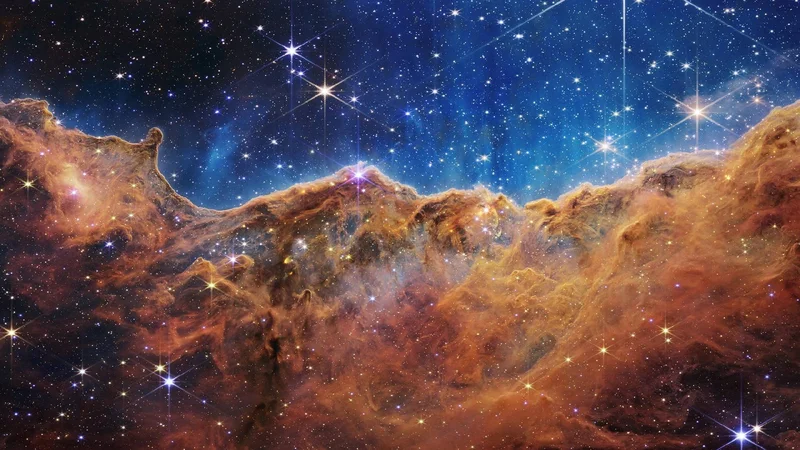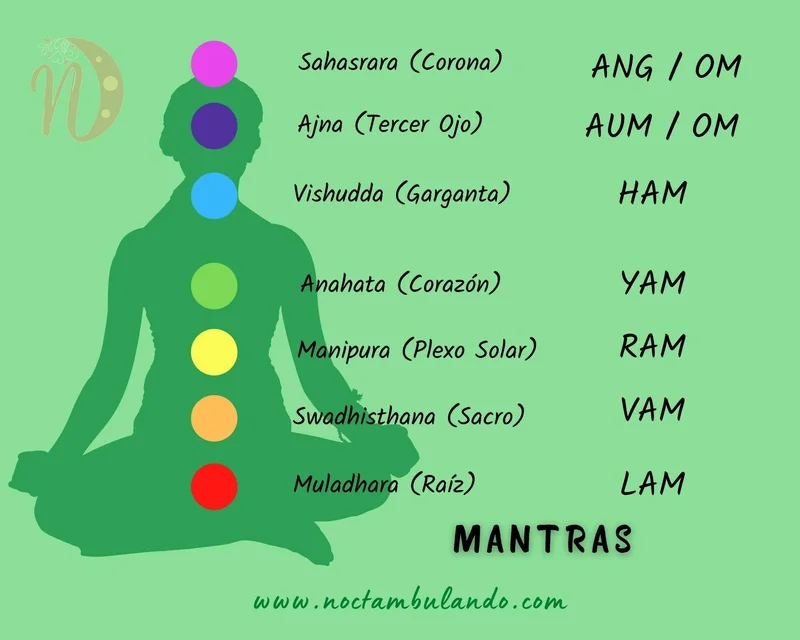Space: What's Out There and Why NASA Cares
Moon, Jupiter, and a Comet: A Celestial Triple Threat or Just Cosmic Hype?
This week, skywatchers are being treated to a celestial double feature: a close encounter between the moon and Jupiter, plus continued observations of interstellar comet 3I/ATLAS. But let's cut through the stargazing poetry and look at the actual data. Are these events truly remarkable, or just another round of sensationalist headlines?
Jupiter and the Moon: A Question of Perspective
The conjunction of the moon and Jupiter on November 9th is being touted as a prime viewing opportunity. The articles claim the two will appear only 4.5 degrees apart. Sounds impressive, right? Well, consider that your clenched fist at arm's length covers about 10 degrees of sky. So, we're talking about a separation of roughly half a fist. Interesting, but hardly an unprecedented cosmic event. These things happen with predictable regularity.
The article also highlights Jupiter's favorable position in the constellation Gemini, stating that its northern declination (+23 degrees) benefits Northern Hemisphere observers. This is true, in the sense that it spends more time above the horizon. But what does that actually mean for visibility? The claim that Jupiter will be "not far from the point directly overhead (the zenith)" for those in the southern US is accurate, but only during the early morning hours. Most casual observers aren't setting their alarms for a 3 AM Jupiter-gazing session.
Then there's the alignment with Pollux, the brightest star in Gemini. The article notes that Pollux shines only about 1/28 as bright as Jupiter. A significant difference, to say the least. While technically a "straight line" alignment will occur, it's hardly a visually striking one. The timing of this alignment varies by time zone, occurring around 1:45 a.m. ET, 12:25 a.m. CT, 11:20 p.m. MT, and 10 p.m. PT. So, if you're hoping for a photo-op, you'll need to plan your viewing accordingly.
And this is the part of the report that I find genuinely puzzling: the article mentions that Jupiter is "the best observer's planet" currently. I mean, sure, it's bright and relatively easy to spot. But sharp telescopic views are rare until it's 30 degrees above the horizon, which means waiting until midnight. That's a considerable commitment for a fleeting glimpse of the Galilean moons.

Comet 3I/ATLAS: Fact vs. Fiction
Comet 3I/ATLAS, the interstellar visitor, has been the subject of even more dramatic claims, particularly regarding its supposed color changes. Media outlets jumped on reports that the comet had "changed color" multiple times for "mysterious reasons." But the truth, as usual, is far more nuanced.
According to Qicheng Zhang, one of the scientists studying 3I/ATLAS, the comet has only appeared to change color once, when its coma (the halo of gas surrounding the nucleus) became visible as the comet warmed up. This happened well before the recent reports of multiple color shifts. The "rapid brightening" observed by sun-facing spacecraft simply indicates that the gas coma is still present and contributing to the comet's overall brightness. No, interstellar comet 3I/ATLAS hasn't 'changed color', scientist says
The article correctly points out that the comet has been the target of misinformation, including conspiracy theories about alien spacecraft and government cover-ups. These claims are, of course, baseless. However, the article's assertion that 3I/ATLAS offers a "rare peek into what conditions might be like outside the solar system" is accurate. Interstellar comets are valuable data points for understanding the composition and environment of other star systems.
The fact that even consumer-grade telescopes (as small as 6 inches) have captured images of 3I/ATLAS highlights its accessibility. The Hubble Space Telescope, Europe's ExoMars Trace Gas Orbiter, and China's Tianwen 1 Mars probe have also observed the comet. (NASA's Mars Reconnaissance Orbiter was supposed to capture imagery, but that was scuppered by the shutdown.) So, while the color-changing narrative might be overblown, the opportunity to observe an interstellar object is genuinely significant.
So, What's the Real Story?
These celestial events are interesting, but hardly revolutionary. The Jupiter-moon conjunction is a routine occurrence, and the claims about Comet 3I/ATLAS's color changes have been largely debunked. The real value lies in the scientific data these observations provide, not in the sensationalized headlines they generate.
-

Warren Buffett's OXY Stock Play: The Latest Drama, Buffett's Angle, and Why You Shouldn't Believe the Hype
Solet'sgetthisstraight.Occide...
-

The Business of Plasma Donation: How the Process Works and Who the Key Players Are
Theterm"plasma"suffersfromas...
-

newsmax: What's going on?
[GeneratedTitle]:AreWeReallyS...
-

Mantra: A Quantitative Look at the Psychology and Actual Impact
AnAnalysisof'Mantra'asaFunct...
-

Bittensor: The Decentralized AI Vision and Why Wall Street is Suddenly Watching
Ofcourse.Hereisthefeatureart...
- Search
- Recently Published
-
- Dijon: Unpacking the Artist, His Vision, and the SNL Buzz
- Satoshi Nakamoto: Unraveling the Visionary, Defining 'Satoshi,' and Bitcoin's Future
- Cook County Treasurer: Property Tax Bills, Payments, & Why It's Such a Pain
- Allora: The Next Paradigm Shift and What It Means for Humanity
- IRS Relief Payment 2025: Will You Actually See a Direct Deposit?
- The Great Hamburger Collapse: The Real Reason They're Failing and Who's Next
- Nasdaq Composite Rises: What's Driving the Rally and Key Stock Movers
- Zcash's Price Surge: An Analysis of Its Price, Key Endorsements, and Future Outlook
- Pudgy Penguins: DreamWorks Partnership and Crypto Presale
- primerica: What we know so far
- Tag list
-
- carbon trading (2)
- Blockchain (11)
- Decentralization (5)
- Smart Contracts (4)
- Cryptocurrency (26)
- DeFi (5)
- Bitcoin (29)
- Trump (5)
- Ethereum (8)
- Pudgy Penguins (6)
- NFT (5)
- Solana (5)
- cryptocurrency (6)
- XRP (3)
- Airdrop (3)
- MicroStrategy (3)
- Stablecoin (3)
- Digital Assets (3)
- PENGU (3)
- Plasma (5)
- Zcash (6)
- Aster (4)
- investment advisor (4)
- crypto exchange binance (3)
- SX Network (3)
